October 15, 2019
Approximately 70 percent of medical decisions are based on pathology and laboratory test results. Studies have shown, however, that 10 to 30 percent of the estimated 13 billion tests performed in the United States each year are either unnecessary or inappropriate.
When selecting from the thousands of laboratory tests available, healthcare providers need the best support possible to choose appropriate testing that will give the most guidance for a patient’s care. Through the support, they offer healthcare providers, laboratory stewardship and utilization programs can reduce unnecessary and inappropriate testing, as well as significantly lower costs and improve patient satisfaction and safety.
According to Guidelines by the National Committee for Lab Stewardship, a key element in successful stewardship programs is a strong commitment from health system leadership. Involvement from leaders helps to ensure the program has the right human, financial and technology resources.
To help ensure a utilization program is successful, health system leaders can:
- Declare support for the program. Publish formal statements that the health system supports efforts to improve laboratory stewardship. The statement should come from a leadership committee, medical director or even the health system president.
- Insist on cross-departmental involvement. Laboratory stewardship is not a laboratory-only activity. All participants in patient care who interact with laboratory testing and results have a role to play.
- Make stewardship an official responsibility. Include stewardship activities in job descriptions and annual performance reviews.
- Allocate time. Make sure all participants in the program are given sufficient time to contribute to its success.
- Enlist an experienced data partner. Products like hc1’s Test Utilization™ help transform laboratory data into actionable insights. Test Utilization provides a real-time dashboard of standardized and organized lab data from across the entire health system, including in-hospital, outpatient and reference lab data. With all of the data in an easy-to-use dashboard, identifying room for improvement in test utilization becomes simple.
The savings that can be realized through implementing an effective utilization program can more than makeup for the expense of putting the appropriate resources and team in place to do so. Estimates project that healthcare systems could reduce costs of up to $5 billion per year if they were just to eliminate redundant tests.
For more information about how you can ensure success for your laboratory utilization program, request a demo of hc1’s Test Utilization™.
References
- Dickerson, J. A., Fletcher, A. H., Procop, G., et al. (2017 Sept). Transforming laboratory Utilization review into laboratory stewardship: Guidelines by the PLUGS National Committee for Laboratory Stewardship. JALM. 259-268.
- (2017 May 30). Advancing Value-Based Healthcare: Laboratory Medicine’s Essential Role. https://www.aacc.org/health-and-science-policy/advocacy/position-statements/2017/advancing-value-based-healthcare-laboratory-medicines-essential-role












